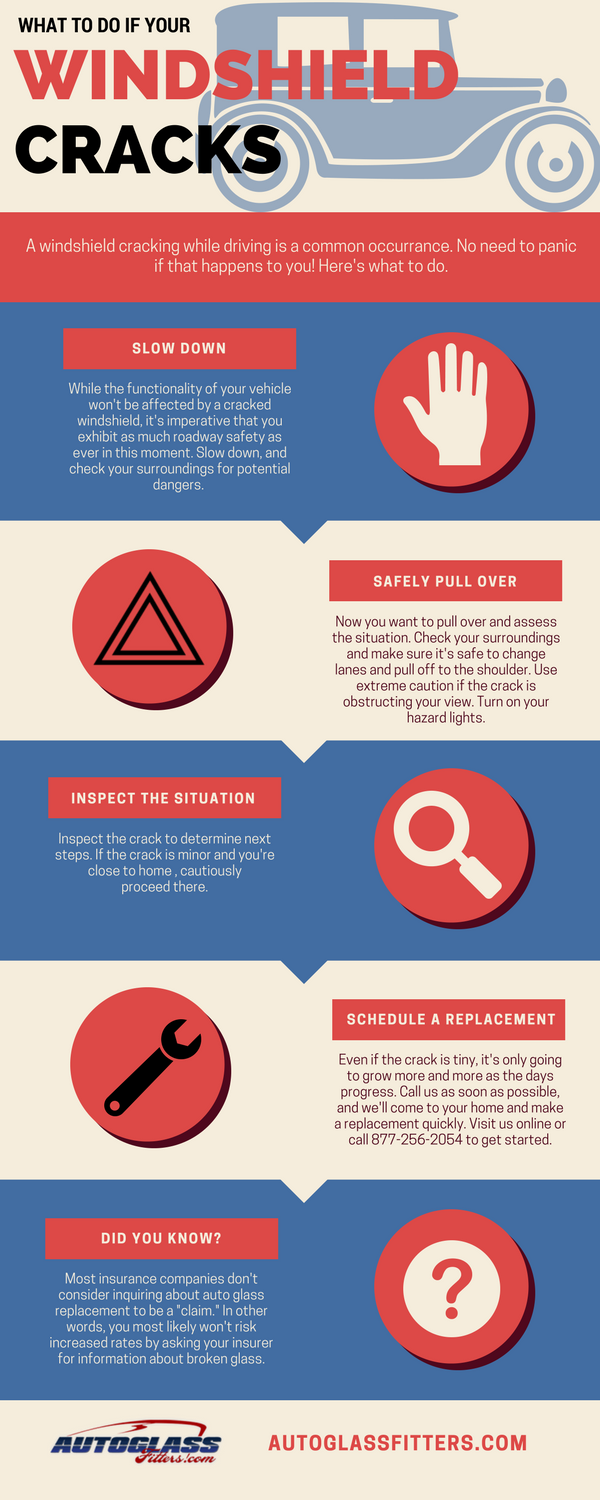Optimal Stress Cleaning Techniques For Various Types Of Surfaces
Optimal Stress Cleaning Techniques For Various Types Of Surfaces
Blog Article
Write-Up Writer-Wu Keating
When it comes to push washing, the method you select can make all the difference in attaining a tidy, streak-free coating. You may discover that hard surface areas, like concrete, call for a various technique than softer materials, such as timber or plastic. It's essential to adapt your methods to the surface type to avoid damages while taking full advantage of cleaning performance. So, what are the very best strategies for each surface, and just how can you ensure you're utilizing the right settings and tools for the job? Allow's discover what you need to recognize to obtain the very best results.
Difficult Surface areas
When it involves push washing difficult surfaces, prep work is vital. Prior to eco-friendly pressure washing think of taking out the pressure washing machine, make the effort to remove the area of any type of particles, furnishings, or obstacles. You don't want anything entering your means or possibly harmful your devices.
Next off, evaluate the surface area for any kind of cracks or damages; this will certainly help you determine the ideal technique and pressure setups.
When you've prepared the area, it's vital to choose the appropriate nozzle. For hard surface areas like concrete or brick, a slim nozzle (15 or 25 levels) works best to provide a focused stream of water that can properly remove gunk and discolorations. Constantly begin at a distance and progressively relocate more detailed to avoid any surface area damages.
As you start washing, maintain the stick relocating to protect against streaks and over-saturation. It's likewise useful to function from the top down, enabling dust and particles to get rid of naturally.
Lastly, bear in mind to rinse the surface area extensively after cleansing to get rid of any type of remaining cleaning agent. With these techniques, you'll attain a tidy and refreshed appearance on all your tough surfaces.
Soft Surfaces
Pressure washing soft surface areas needs a gentler approach to secure them from damage. Whether you're cleansing your deck, patio furniture, or siding, using too much pressure can lead to damages, scratches, or perhaps permanent damage.
Beginning by selecting a low-pressure nozzle, preferably a 25-degree or bigger spray pattern, to disperse the water a lot more gently.
Before you start, it's critical to pre-treat any kind of discolorations with an appropriate cleaning solution. This step permits the cleaner to permeate the dust and grime, making it simpler to get rid of without scrubbing as well hard.
Always apply the option from all-time low approximately avoid streaking.
When you begin stress washing, preserve a range of a minimum of 12 to 18 inches from the surface. Relocate your wand in a sweeping activity, maintaining it parallel to the surface to stay clear of concentrated stress on one spot.
Wash the area thoroughly after cleansing to remove any kind of recurring cleaner.
Finally, inspect the surface area for any type of missed spots and duplicate the procedure if necessary. By complying with these steps, you can successfully clean soft surfaces while protecting their integrity and look.
Specialized Surfaces
Cleaning up soft surfaces needs care, but specialized surface areas demand a lot more focus to detail. When you deal with these surfaces, like fragile timber, tarnished concrete, or certain sorts of home siding, making use of the ideal pressure washing methods is essential to stay clear of damage.
First, analyze the product. For example, treated wood can often hold up against moderate pressure, yet softer timbers like cedar might call for a reduced setup. Always begin with the lowest stress and progressively raise if required.
For discolored concrete, utilize a fan spray nozzle and maintain a constant distance to stop etching the surface.
When dealing with surfaces like vinyl siding or repainted surfaces, a vast spray pattern helps disperse the pressure equally, securing the finish.
It's likewise wise to use detergents particularly made for specialty surfaces. They can improve cleaning without endangering the product.
visit site after washing to get rid of any type of deposit, as it can bring about discoloration or deterioration gradually.
Conclusion
To conclude, understanding stress cleaning techniques for different surfaces can make all the distinction in your cleansing outcomes. For difficult surface areas, adhere to slim nozzles and a top-to-bottom method, while soft surfaces need a gentler touch with bigger nozzles. Don't neglect to pre-treat stains and rinse thoroughly to prevent deposit. By adjusting your techniques per material, you'll not only attain a cleaner finish yet additionally secure the integrity of your surface areas. Pleased cleaning!
